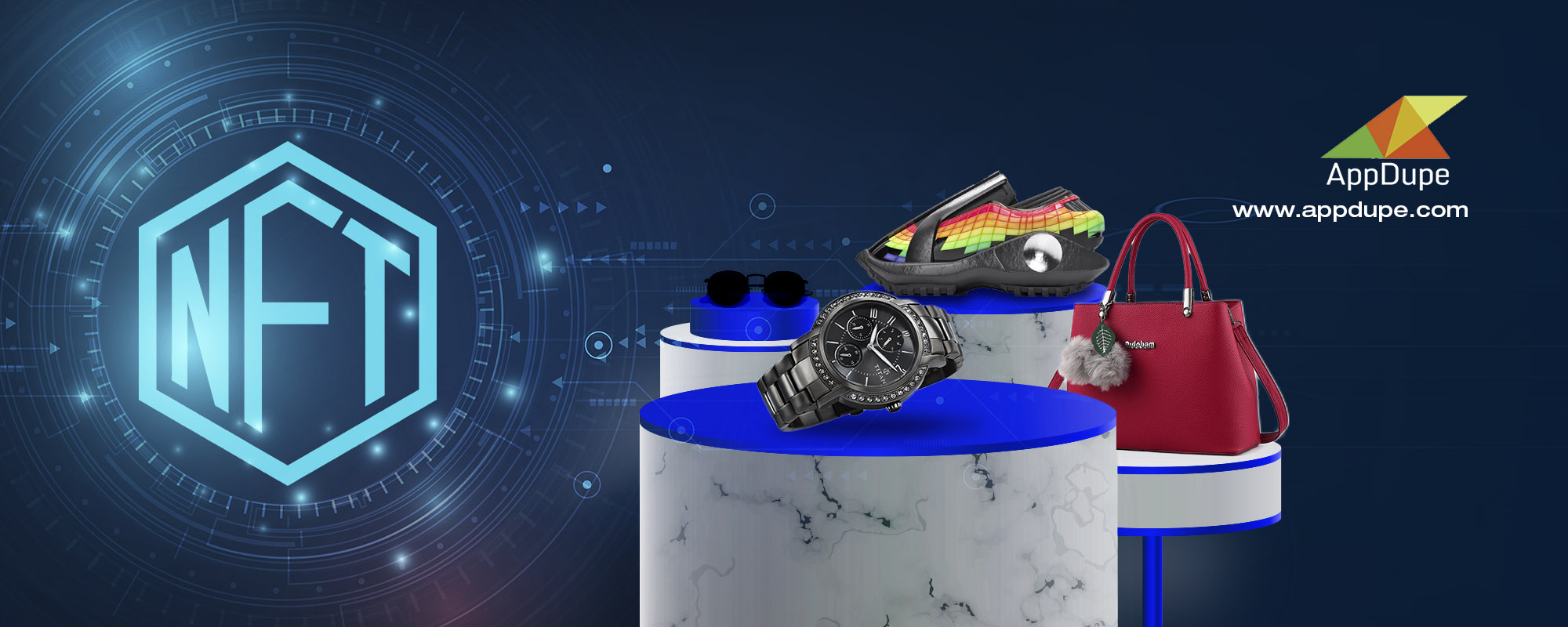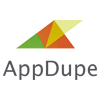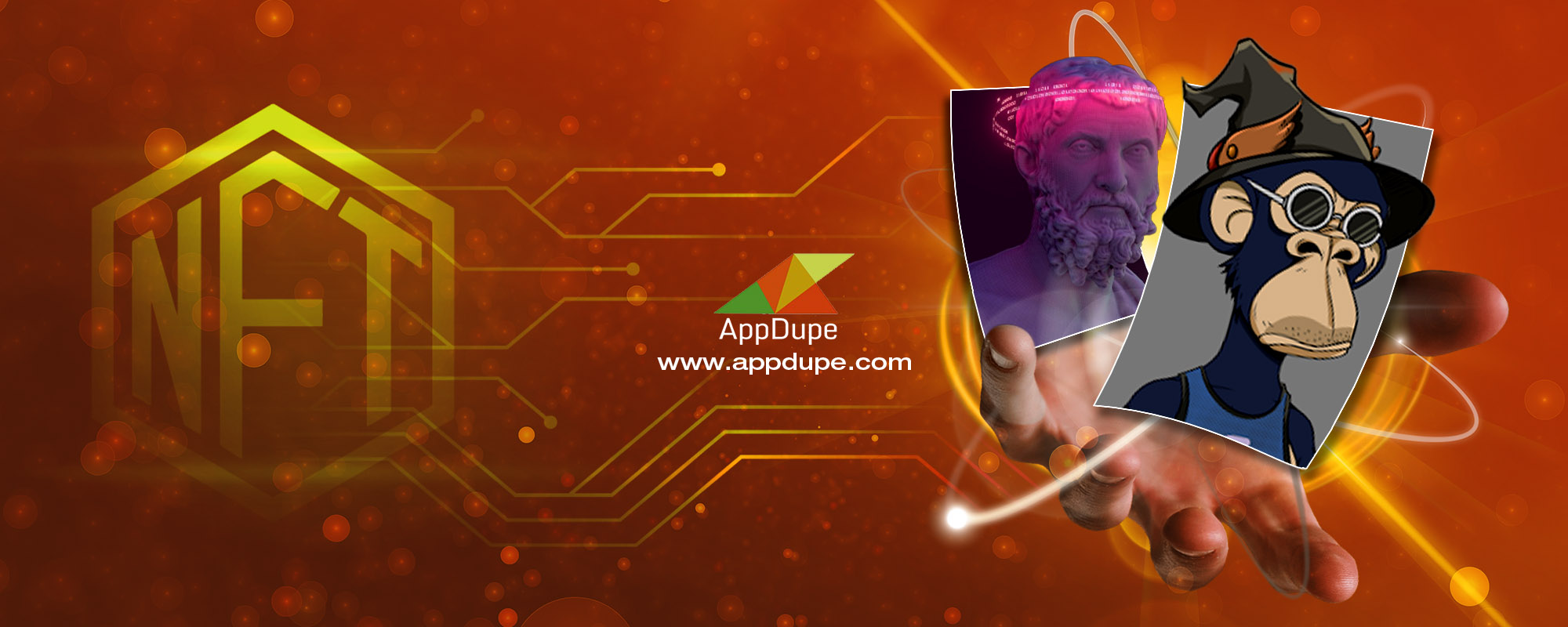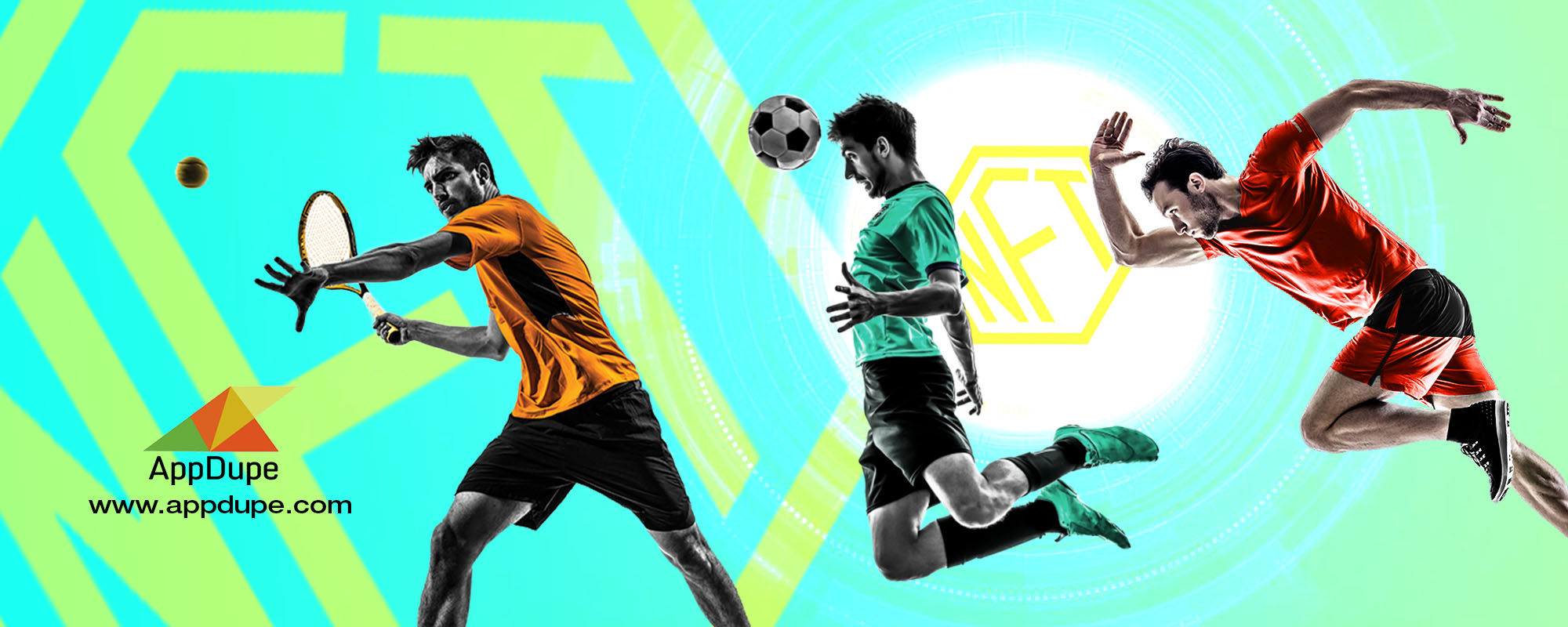Build An All-in-one NFT Marketplace for Real-world Assets
Author NFT Marketplace Development, Physical Assets NFT Marketplace Development
NFTs (Non-fungible Tokens) are one-of-a-kind blockchain-linked digital assets. However, that begs the question – can they represent the real-world assets? The obvious answer is yes! One can scan, mint, and sell real-world assets as an NFT.
This coming-of-age technology is opening up trading opportunities – for the better. Let’s take the American artist Mike Winkelmann (for instance) – a decade-long digital artist – recently sold his NFT artwork for $69million at a Christie’s auction in March 2021.
On that note,
What Brings NFTs and Physical Assets Together?
Real-world asset monetization is cumbersome, hard to track, and difficult to transfer. Even during the digitization era, monetization and asset exchange happened under the supervision of participants/intermediaries. However, with the help of blockchain-linked NFTs, the buyers and sellers can trade real-world assets without any intermediaries.
Similarly, a buyer can readily show ownership of the NFT after being purchased. As a result, if the buyer decides to sell, the NFT’s value will be preserved if not increased. It provides a clear advantage for anyone in the industry worried about legal ownership of their art, whether for appraisal or selling.
- Transparency
Price transparency is considerably increased if every sale of an item is recorded on the blockchain and the data is publicly accessible. It might help collectors and investors in a variety of ways. For starters, knowing the pricing history can help you assess whether you’re getting a good deal and whether what you’re buying has investment potential. Furthermore, purchasers gain from a market with increased pricing transparency because brokers have less room to charge large commissions or unfair rates.
- Royalties
NFTs are proving to be a viable alternative for the creative industry. Take the musicians (for instance), who can monetize their musical works in the form of tokens. Also, they can receive lifelong royalty payments whenever a secondary sale happens. An NFT marketplace for physical assets runs on a similar concept, which involves smart contract-powered auto-executing payments.
- Immutable Proof-of-Ownership
Legal ownership is demonstrated through legal documents that show the new investor’s ownership rights. On the other hand, tokenization is sharing and synchronizing a distributed ledger across various sites and making it available to multiple persons. Each person will be notified whenever there is any little change to the ledger.
Would You Fancy tokenizing a real-world asset? Let us Do it for You!
The Use Cases To Watch Out (for)!
The NFT token can also be formed on tangible assets. By registering the digitized version of the physical object in any marketplace and creating the NFT, the buyer will finally gain entire ownership. The ownership claim can even be used as collateral to acquire a loan from a specific loan because the NFT cannot be tampered.
- Wearables
The metaverse-inspired virtual worlds are booming, wherein a Decentraland-like virtual platform allows users to trade virtual plots, attend events, play games, and much more. Wearable NFTs are like a virtual closet for your virtual existence. Your avatar will be as unique as the hats, jackets, jeans, sunglasses, and sneakers you wear every day. The problem is those sneakers you desire are limited edition, and getting your hands on them (digitally) may be difficult.
- Real Estate
Real estate has felt its effects as the NFTs exploded into the mainstream. The one-of-a-kind NFT sale – an NFT Home – sold for around $653,163. It could theoretically apply to real estate as well, and cryptocurrency fans are drooling at the prospect of trading documents and property titles at the push of a button.
- Artifacts
The real-world artifacts can either be prehistoric representations or timely classics (for instance, newspaper cuttings). Tokenizing these momentary artifacts would drive seamless royalty payments (as well). Take the recent Hindustan Times NFT (for instance), which is launched on BeyondLife.Club – an NFT launchpad.
3-step Process of NFT Physical Assets Development
- Digitizing The Real-world Asset
Information on paper or in document form is uploaded to the blockchain. Smart contracts are used to store this data, and security tokens are created. The digitization of real estate necessitates the creation of a legal wrapper around each particular property to securitize and make an investment vehicle.
- Selecting The Blockchain
Upon digitizing the real-world asset (document) or an idea, one needs to mint it on the blockchain network. Selecting a blockchain network (to mint) becomes quintessential. Also, you should figure out the ‘accommodating’ chain for tokens to trade & transact securely.
- Developing A Marketplace
You can either deploy your tokens (for sale) on primary or secondary marketplaces. The former would open up a business opportunity, allowing third-party creators to enlist their tokens, while the latter would facilitate an instant monetizing opportunity.
Conclusion
Tokenizing and monetizing may pose lucrative opportunities; however, one can’t rule out the challenges it possesses. In some cases, you may require strong research, and in other cases, you might need a viable technology partner – an NFT marketplace development company.
Understand More On The Possibility Of An NFT Marketplace For Physical Assets

Marketing is my soul mate and writing is my side kick. Using my writing skills to share the knowledge of app development and upcoming technologies.








